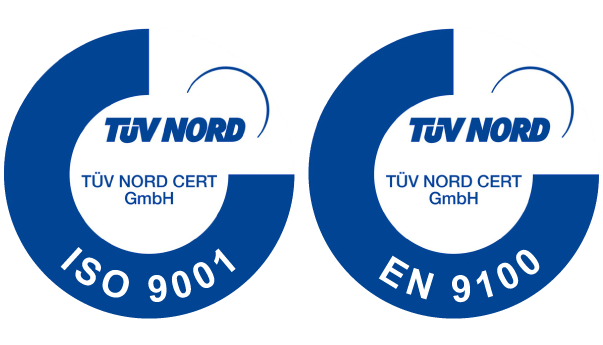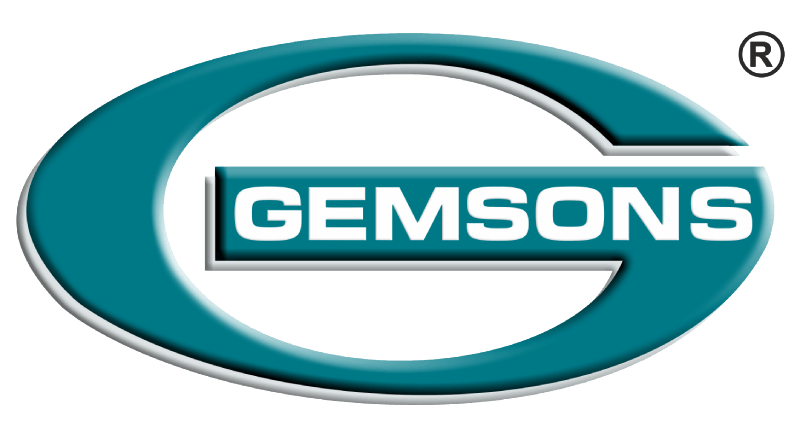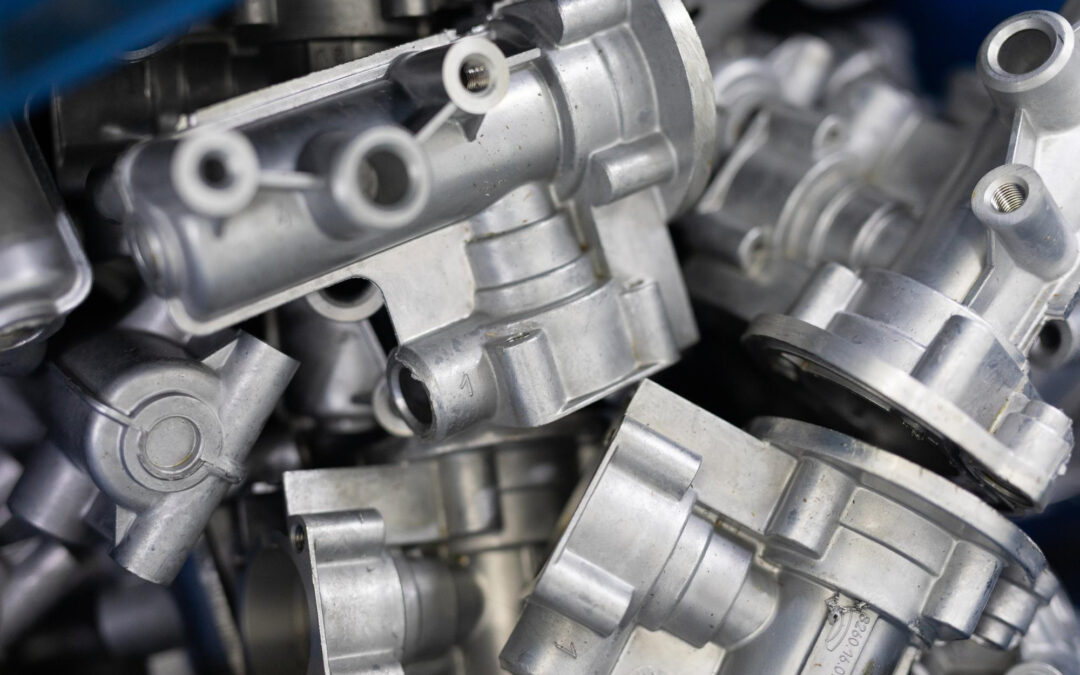Table Of Content
- What are Die Casting Parts?
- The Die Casting Process:
- Advantages of Die Casting Parts:
- Applications of Die Casting Parts:
- Navigating the Die Casting Industry:
- Conclusion:
Die casting is a popular manufacturing process that has revolutionized the production of intricate and complex metal parts. It offers a cost-effective and efficient solution for creating high-quality components with accuracy and repeatability. In this blog post, we will explore what die casting parts are, how the process works, and why it is widely used in various industries.
What are Die Casting Parts?
Die casting parts refer to metal components that are manufactured using the die casting process. Die casting is a technique where molten metal is injected into a mold, also known as a die, under high pressure. The molten metal solidifies quickly, taking the shape of the mold, and forms a precise and detailed part. These parts can be made from a variety of metals, such as aluminum, zinc, magnesium, and copper alloys.
Die Cast Parts: A Guide To Understanding
The Die Casting Process:
The die casting process involves several steps to produce high-quality parts. Let’s take a closer look at each of these steps:
- Mold Preparation: The process starts with the preparation of the mold. The mold is typically made from steel and consists of two halves, the “cover die” and the “ejector die.” The mold is carefully designed to create the desired shape and features of the part.
- Molten Metal Injection: The chosen metal alloy is melted in a furnace at high temperatures. Once the molten metal reaches the desired temperature, it is injected into the mold at high pressure. The high pressure ensures that the molten metal fills the mold completely and evenly.
- Cooling and Solidification: After the molten metal is injected into the mold, it rapidly cools and solidifies. The cooling time depends on factors such as the size and complexity of the part, as well as the metal alloy used. Cooling channels within the mold help accelerate the cooling process.
- Ejection: Once the part has solidified, the mold halves are separated, and the part is ejected using ejector pins or other mechanical methods. The part is then inspected for any defects or imperfections.
- Finishing Operations: After the part is ejected, it may undergo additional finishing operations. These operations can include trimming excess material, removing burrs, machining, surface treatment, and quality inspections to ensure the part meets the required specifications.
Advantages of Die Casting Parts:
Die casting offers numerous advantages, making it a preferred choice for many industries. Here are some key benefits of die casting parts:
- Precision and Complexity: Die casting allows for the production of complex and intricately designed parts with high precision. The mold can be customized to include intricate details, such as thin walls, fine textures, and precise dimensions, ensuring consistent quality across multiple parts.
- Cost-effective: Die casting is a cost-effective manufacturing process for large-scale production. The high-speed production rate and minimal material waste contribute to reducing production costs. Additionally, the long lifespan of the molds allows for a high number of parts to be produced without significant tooling expenses.
- Strength and Durability: Die cast parts exhibit excellent mechanical properties, including high strength and durability. They can withstand harsh operating conditions and are resistant to temperature variations, corrosion, and wear.
- Versatility: Die casting can be used to produce parts with a wide range of sizes and shapes, from small and intricate components to large and complex structures. It is suitable for both simple and intricate designs, making it versatile for various applications.
- Time-efficient: Die casting enables fast production cycles due to its high-speed injection and solidification process. The short production time ensures quick turnaround, allowing manufacturers to meet tight deadlines.
Applications of Die Casting Parts:
Die casting parts find applications in a wide range of industries, including automotive, aerospace, electronics, consumer goods, and more. Some common applications include:
- Automotive Industry: Die casting is widely used in the automotive industry for producing engine parts, transmission components, chassis parts, and decorative trim pieces. Its strength, precision, and cost-effectiveness make it an ideal choice for automotive manufacturers.
- Electronics and Electrical Industry: Many electronic and electrical devices rely on die casting parts for their housings, connectors, heat sinks, and other components. The excellent thermal conductivity of die cast parts is beneficial for heat dissipation in electronic devices.
- Aerospace Industry: Die casting is utilized in the aerospace industry to manufacture critical components that require high strength and lightweight properties. These components include turbine blades, engine casings, brackets, and structural parts.
- Consumer Goods: Die casting is prevalent in the production of consumer goods such as kitchen appliances, power tools, and furniture hardware. It provides the necessary durability and precision required for these products.
- Consumer Goods: Die casting is prevalent in the production of consumer goods such as kitchen appliances, power tools, and furniture hardware. It provides the necessary durability and precision required for these products. Die cast parts in consumer goods often undergo additional surface treatments, such as painting, powder coating, or plating, to enhance their aesthetics and corrosion resistance.
- Medical Industry: Die casting is also making its way into the medical industry. The production of medical instruments, equipment, and devices can benefit from the precision and customization capabilities of die casting. Parts like surgical instruments, orthopedic implants, and diagnostic equipment can be manufactured with intricate details and high accuracy.
- Energy Sector: Die casting parts find applications in the energy sector as well. Components for renewable energy systems like solar panels, wind turbines, and hydroelectric generators can be produced through die casting. The strength and durability of die cast parts make them suitable for withstanding the demanding conditions in these energy systems.
What Is Die Casting, Its Types, And Applications?
Navigating the Die Casting Industry:
If you are looking for die casting parts or considering incorporating die casting into your manufacturing process, it’s important to work with a reputable die casting company. Here are a few key factors to consider when navigating the die casting industry:
- Expertise and Experience: Look for a company with a proven track record and extensive experience in die casting. They should have a deep understanding of different metals, casting techniques, and finishing processes.
- Quality Control: Ensure that the die casting company has robust quality control measures in place. They should follow strict inspection procedures to ensure that the parts meet the required specifications and standards.
- Design and Engineering Support: A reliable die casting partner should offer design and engineering support to optimize the manufacturability of your parts. They can help with mold design, material selection, and identifying areas for cost savings and process improvement.
- Advanced Facilities and Technology: Consider the capabilities and technology available at the die casting facility. Advanced equipment and processes can contribute to better part quality, efficiency, and shorter lead times.
- Sustainability Practices: In today’s environmentally conscious world, it is important to partner with a die casting company that prioritizes sustainability. Look for companies that have implemented eco-friendly practices, such as recycling and waste reduction initiatives.
Conclusion:
Die casting parts are an integral part of modern manufacturing across various industries. The die casting process enables the production of complex, precise, and durable metal components with efficiency and cost-effectiveness. Whether it’s automotive, electronics, aerospace, consumer goods, medical, or energy sectors, die casting offers numerous advantages and plays a crucial role in meeting the demands of today’s competitive market. By understanding the process and working with reliable die casting partners, businesses can leverage the benefits of die casting to create high-quality parts for their applications.



Recent Comments